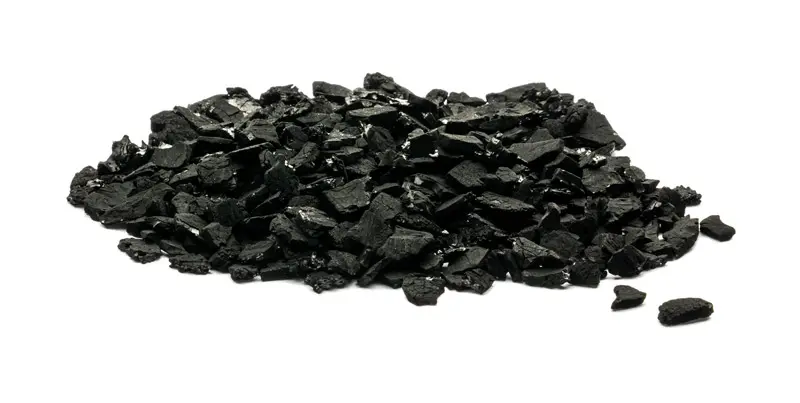Incense
Incense (from Latin incendere “to burn”)[1] is composed of aromatic biotic materials, which release fragrant smoke when burned. The term incense refers to the substance itself, rather than to the odor that it produces. It is used in religious ceremonies, ritual purification[2][3], aromatherapy[4], meditation, for creating a spiritual atmosphere, and for masking unpleasant odors. The use of incense may have originated in Ancient Egypt, where the (oleo) gum resins of aromatic trees were imported from the Arabian and Somali coasts to be used in religious ceremonies.[5]
Incense is composed of aromatic plant materials, often combined with essential oils[6]. The forms taken by incense differ with the underlying culture, and have changed with advances in technology and increasing diversity in the reasons for burning it.[7] Incense can generally be separated into two main types: “indirect-burning” and “direct-burning.” Indirect-burning incense (or “non-combustible incense”) is not capable of burning on its own, and requires a separate heat source. Direct-burning incense (or “combustible incense”) is lit directly by a flame and then fanned or blown out, leaving a glowing ember that smoulders and releases fragrance. Direct-burning incense comes in several forms, including incense sticks (or “joss sticks”), cones, and pyramids.
 HS-AC
HS-AC